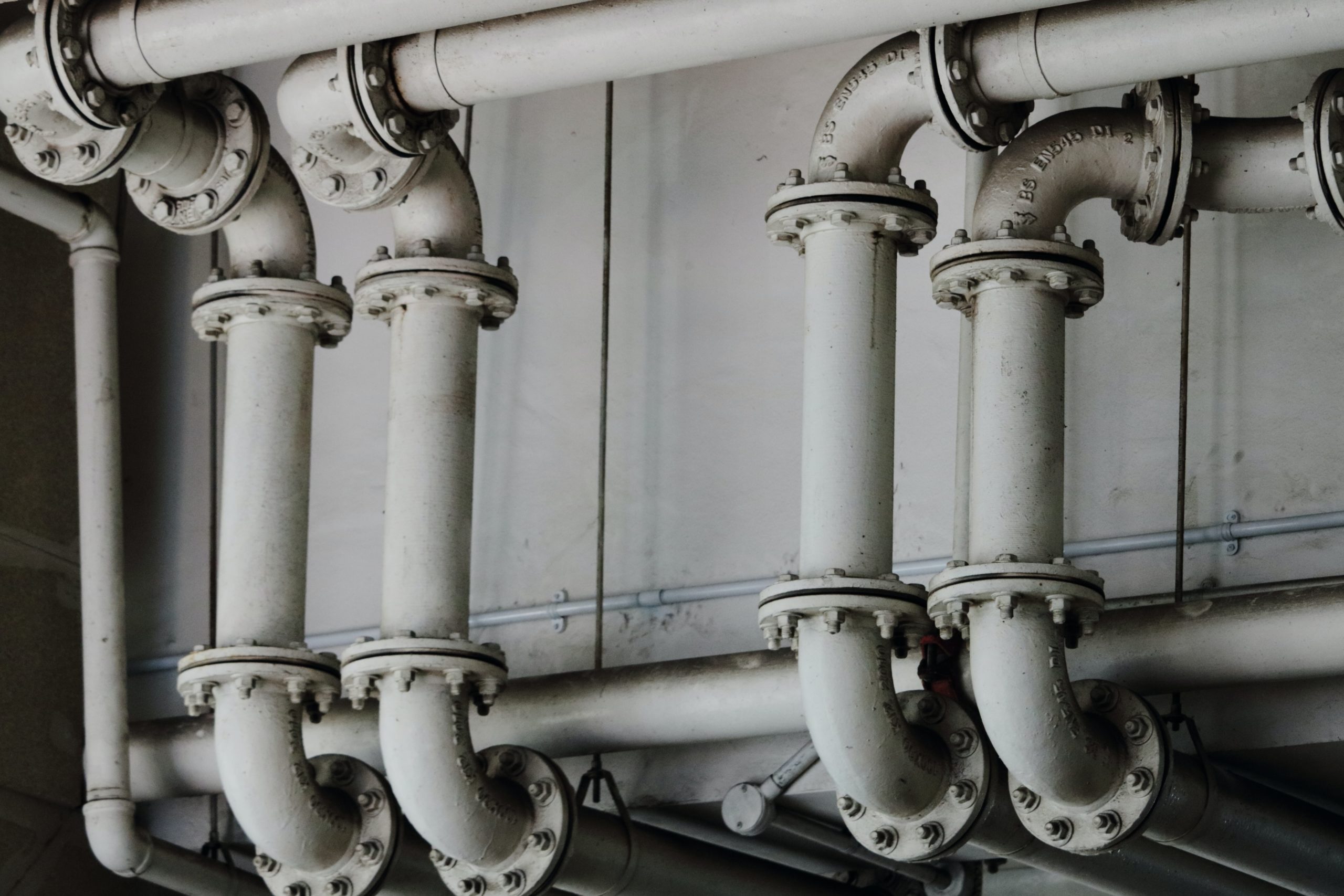Taking on Wildfires with Technology

Continuing from our last blog, ARTÉMIA is deeply concerned by the worsening problem of wildfires and their effects on people and the environment. As we are headquartered in San Francisco, we know of the uncertainty, fear, and destruction they can bring.
A new report, “Spreading like Wildfire: The Rising Threat of Extraordinary Landscape Fires” by UNEP and GRID-Arendal, finds that climate change and land-use change are making wildfires worse and anticipates a global increase of extreme fires even in areas previously unaffected. The report projects a 14% increase of wildfire occurrence by 2030, 30% by 2050, and 50% by the end of the century.
The authors found that communities are not prepared for the rising threat of damages from wildfires and suggest that even deep cuts to greenhouse emissions will not prevent the expected, uncontrollable wildfire increase. They call for governments to create a “Fire Ready Formula” and recognize the important role of ecosystem restoration to minimize the risk of extreme wildfires by being better prepared – and building back better in their aftermath.
And the aftermath is what’s possibly more concerning. Though the occurrence of wildfires is steadily increasing, it’s the increase in their burn times and the acreage they burn that is raging. According to the EPA, the extent of the area burned by wildfires each year has increased since the 1980s. National Interagency Fire Center data shows that of the 10 years with the largest acreage burned, all have occurred since 2004. This period coincides with many of the warmest years on record nationwide. The largest increases have occurred during the spring and summer months.
Another complicating factor is population expansion. According to a recent report by the Conversation more people are moving into areas most at risk to drought and wildfire.
With water scarcity worsening, as we discussed in our previous blog, temperatures rising, summer-like weather extending each year, and more people being exposed to the risk, the circumstances have become critical. To wit: this January, a spokesperson from CAL Fire said that the western United States no longer has fire season, but instead a fire year. According to CAL Fire data, the 2020 California wildfire season was characterized by a record-setting year of wildfires as measured during the modern era of wildfire management and record keeping.
So, while environmental and forest management, better-equipped firefighters, and enhanced community planning are essential in the fight against the threat of wildfires, there is a great need for an increase in detection and path prediction to best mitigate – if not outright prevent – wildfires. Several entrepreneurs and startups are tackling the issue and raising awareness of the possibilities that tech-based solutions can offer. Here are a few of them.
Ryan Honary / SensoRy AI
As a fifth-grade student, the California native developed an app-based early detection network for preventing wildfires after witnessing the devastation caused by the 2018 Camp Fire, which included the deaths of 85 people and the destruction of over 18,000 structures at a cost of over $16.5 billion. The invention led to Honary being awarded the Grand Prize at the 2019 Ignite Innovation Student Challenge and establishing the Early Wildfire Detection Network, for which he was named the 2020 American Red Cross Disaster Services Hero for Orange County.
In March of 2020, Honary won the prestigious Office of Naval Research (ONR) Naval Science Award. This grant led to the formation of SensoRy AI which has since received multiple rounds of funding from ONR and further developed the technology.
The Irvine Ranch Conservancy recently invited Honary, now 14, to conduct a pilot project evaluating a multitude of applications for his proprietary AI-driven sensor network technology. The program is testing the system for use in land management and fire prevention in sensitive areas, as well as an array of monitoring techniques for various environmental threats including measuring air and water pollution and soil moisture levels.
NCX (formerly known as SilviaTerra)
This startup’s software creates maps of the forest, outlining the average ages and types of trees in each acre, to assist and direct forest management. The platform can then prioritize where vegetation should be removed – an essential component of wildfire prevention.
University of California, San Diego / WIFIRE
The WIFIRE Lab is a consortium of UC San Diego organizations and a number of partnerships including university collaborators, industry partners, fire departments, utilities, the California Governor’s Office of Emergency Services and California Public Utilities Commission.
Currently in use by firefighters across California, WIFIRE’s AI algorithms can predict when vegetation will burn by analyzing combustibility and meteorological factors. It can then create a projected path and timeline for a wildfire’s growth and alert emergency personnel.
Ilkay Altintas, a computer scientist at the University of California San Diego, describes it as “a cyber infrastructure connecting data from satellites, surveillance drones and meteorological stations, delivered to AI algorithms predicting the growth of wildfires in real-time.”
Drone Amplified / IGNIS
Nebraska-based Drone Amplified has pioneered the unmanned aerial system (UAS) fire ignition industry with breakthrough technology for the fire management community. Their latest IGNIS offering works with drones controlled by an app designed for firefighters. IGNIS is low-cost, removes personnel from risk, and can cover 1600 acres in a day.
Are you interested in learning more about how your company could leverage technology to combat climate change? Are you an entrepreneur working on a solution to address wildfires or another climate-related issue? We want to hear about it! Please give us a call at (415) 351-2227, email service@artemia.com or take a moment to fill out this short form to share your story.
You can get the latest blogs, communications tips and other news straight in your inbox. Please fill out the form below to subscribe to our newsletter.
see more...

The Importance of Corporate...
This article is the first in a series on incorporating water efficiency polici...
LEARN MORE
How to Establish a Corporat...
This article is the second in a series on incorporating water efficiency polic...
LEARN MORE
Updating Facilities with Wa...
This article is the third in a series on incorporating water efficiency polici...
LEARN MOREBLOG CATEGORIES
SUBSCRIBE
FOR LATEST UPDATES
Sign up for our monthly newsletter with our latest offers,hot blogs and much more !


JOIN US
FOR CALL
Lets chat via skype to discuss your questions concerns, and project needs

